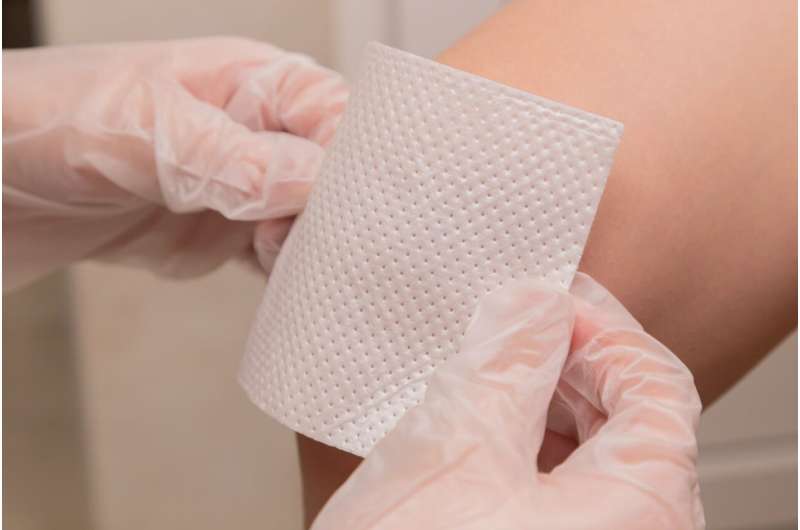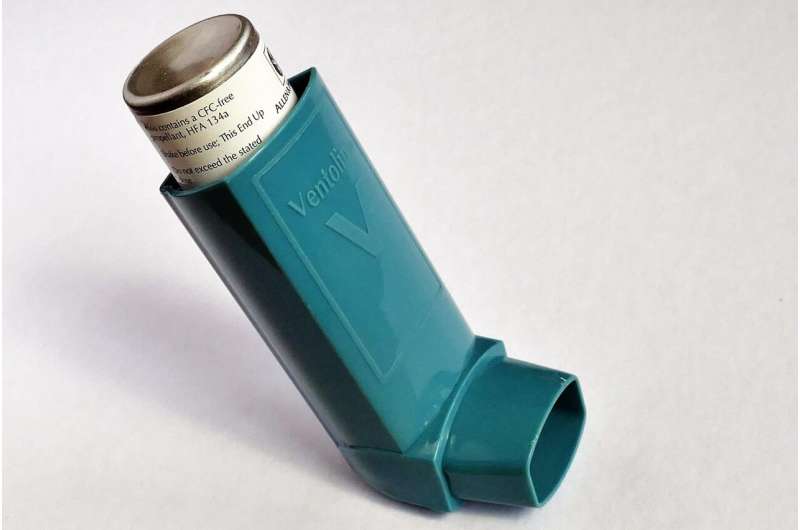Enhancing Access to Wound Care for People Who Use Drugs

A new study highlights strategies and challenges in expanding low-barrier, compassionate wound care for people who use drugs, aiming to reduce health disparities and improve outcomes.
A recent study published in the Harm Reduction Journal emphasizes the importance of expanding low-barrier wound care services tailored for individuals who use drugs (PWUD). This research highlights the pressing need for accessible, compassionate, and stigma-free wound management solutions, especially amid rising cases of severe wounds linked to street opioids contaminated with xylazine, a tranquilizer that increases the risk of necrosis.
Conducted in Philadelphia and nearby areas between April and September 2024, the study involved interviews with care providers and health professionals to understand the obstacles and develop strategies for effective service delivery. Lead researcher Eleanor Turi, Ph.D., RN, stresses the significance of providing respectful, non-judgmental care that addresses both medical and social needs of PWUD.
Key barriers identified include funding shortages, the necessity for specialized training of healthcare workers in harm reduction and wound management, limited infrastructure, inadequate communication between low-barrier clinics and hospitals, and pervasive stigma in healthcare settings. These challenges hinder the expansion of essential wound care services.
However, the study offers practical solutions: securing diverse and sustainable funding options, developing rigorous training programs, creating dedicated clinical spaces, establishing clear referral pathways, integrating social support services (such as housing and food assistance), promoting harm reduction principles, and implementing stigma-reduction initiatives. These measures aim to foster an environment where PWUD can trust and access essential wound care without fear of discrimination.
Addressing these issues is crucial for reducing health disparities and improving outcomes for this vulnerable population. By adopting a more empathetic and integrated approach, healthcare systems can better meet the urgent wound care needs of PWUD, ultimately saving lives and enhancing well-being.
For more details, see the full study by Eleanor Turi et al., available at source.
Stay Updated with Mia's Feed
Get the latest health & wellness insights delivered straight to your inbox.
Related Articles
Cost-Effective Strategies to Manage Food Allergies at Summer Camps
A recent UVA study explores affordable and effective strategies for managing food allergies at summer camps, emphasizing stock epinephrine to protect children from life-threatening reactions.
Innovative iPSC-Based Vaccines Offer Hope for Colorectal Cancer Prevention and Treatment
A pioneering study from National Taiwan University introduces iPSC-based vaccines that could revolutionize prevention and treatment of colorectal cancer through immune system activation.
Innovative Digital Marker Enhances Childhood Asthma Detection
A new digital marker utilizing electronic health records offers a more accurate and scalable way to detect childhood asthma early, promising improved outcomes and reduced healthcare costs.
Biological Factors May Increase Risk of Early and Aggressive Breast Cancer in Women of African Ancestry
Emerging research indicates that biological factors, including higher levels of PZP cells in breast tissue, may predispose women of African ancestry to early and more aggressive breast cancers, highlighting the need for personalized treatment approaches.



